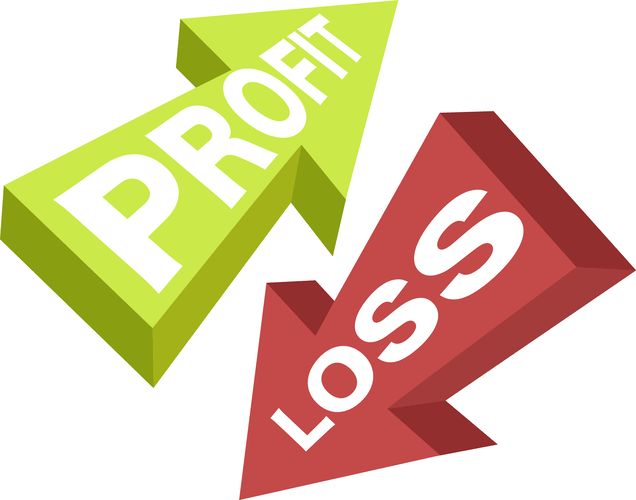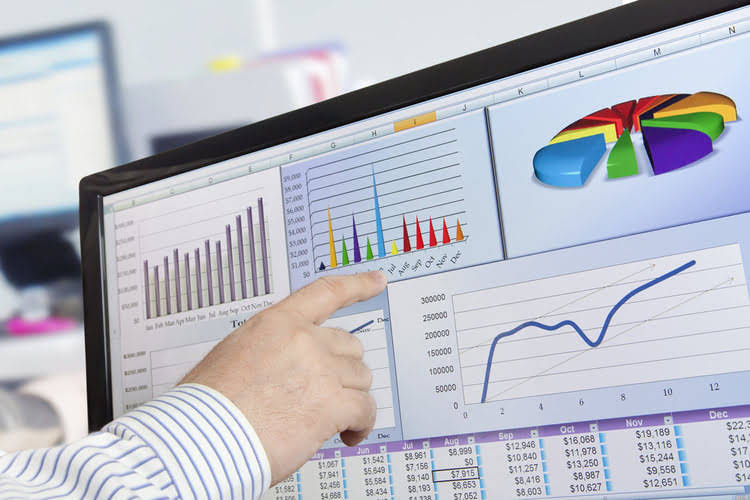Understanding Cost of Goods Manufactured, its Formula, and its Importance in Calculating Production Costs

During his time working in investment banking, tech startups, and industry-leading companies he gained extensive knowledge in using different software tools to optimize business processes. You can calculate Direct materials by adding the beginning raw materials to the purchases made and subtracting that total from the ending raw materials. Direct materials refer to all the raw materials used to produce the finished product or in its final form. COGM is used to determine whether their production CARES Act costs are high or low than their generated income or revenue.
- While the cost of goods manufactured (COGM) and cost of goods sold (COGS) might sound similar, they serve different purposes in understanding your production and sales costs.
- Calculating the Cost of Goods Manufactured (COGM) requires breaking it down into its key components.
- Instead of working with disconnected tools, Kladana centralizes all your manufacturing data, from materials and labor to overheads and inventory.
- The Cost of Goods Manufactured (COGM) is all about figuring out what it costs to make stuff.
- As a result, COGM should not be used in isolation when making decisions about pricing or production levels.
Understanding the Cost of Goods Manufactured

These three primary components Bookkeeping for Veterinarians make up any business’s total manufacturing cost. Instead of working with disconnected tools, Kladana centralizes all your manufacturing data, from materials and labor to overheads and inventory. This final figure represents the total cost of goods that were completed during the year and ready for sale.
Step 2 of 3

On the other hand, COGS only counts the cost of the goods that were actually sold. So, if you made a bunch of stuff but didn’t sell it yet, those costs stay in COGM and don’t move to COGS until you make a sale. As we have seen, the total manufacturing cost and cost of goods manufactured are very similar metrics. While accountants can approximate its value at the end of fiscal periods, modern inventory and manufacturing software calculates COGM in real-time, based on actual manufacturing data. In other words, to calculate cost-effectively, the beginning WIP inventory and ending WIP inventory must be given the appropriate attention. The cost of goods manufactured (COGM) calculates the total value of the progress inventory considering the total manufacturing cost incurred to produce the finished products for retail.
- Get instant access to video lessons taught by experienced investment bankers.
- Led by editor-in-chief, Stephanie Johnson, we take great pride in the quality of our content.
- Our goal is to deliver the most understandable and comprehensive explanations of financial topics using simple writing complemented by helpful graphics and animation videos.
- Another option is to use dedicated COGS tracking software, such as Craftybase.
Why Calculating COGM is Important for Production?
Listed as a current asset on the balance sheet, WIP represents the cost of products still in production, including materials, labor, and overhead. If you want to optimize your production process, mastering COGM cogm equips you with the insights needed to stay ahead. So, let’s break it down step by step, uncover the formulas, and dive into examples that make it all crystal clear.

Yes, COGM provides detailed cost insights, making it easier to create accurate budgets and forecasts. With this information, it’s easier to make intelligent decisions about your business. You can better plan budgets, find areas to save money, and improve the way things run in your factory. We’ve already explored the formula and critical components of COGM, but let’s consider the practical example as well.
